I call myself a “perfarmer” because I am both an organic farmer and a theatre artist, producing at the intersection of agriculture and art. For most of my life I made devised theatre in small non-traditional ensembles. I performed with Primus Theatre in Winnipeg, Canada and was co-artistic director of North American Cultural Laboratory (NACL) Theatre in New York. Then about fifteen years ago, I had an opportunity to immerse myself in an agrarian life. With my husband Greg Swartz, I started a farm specializing in organic vegetables, herbs, and cut flowers called Willow Wisp Organic Farm in northeast Pennsylvania.
History
A few years into farming, extreme weather events started to become more and more frequent. Of course, farmers are always tuned into the weather—it dictates everything. But we were experiencing more heavy rain and floods in our Delaware River valley, temperatures were less predictable, and growing cycles started to noticeably change. Everyone was talking about the weather. I remember one farmer in our area recounting how, when he started farming in the eighties, tomatoes were not possible to grow because the season was too short. Now everyone can grow tomatoes in our region—in fact, our USDA growing zone has since changed from 5B to 6A.
Conversations with other small farmers inspired me to dive into climate science research. In 2012, while working as artistic director with NACL Theatre in Highland Lake, New York, I received a National Endowment for the Arts Our Town grant for a two-year community climate change project called The Weather Project. The project included a science symposium, a visual arts exhibit, and the creation of a devised theatre performance directed by me with a community ensemble of one hundred. Elaine Matthews, a NASA Goddard Institute for Space Studies climate researcher, was my science advisor throughout the project. The final performance of The Weather Project was a huge event attended by over six hundred people and performed in a ballpark near NACL Theatre. The level of engagement and buy-in from my community was outstanding and revealed to me that this was the kind of theatre I needed to do.

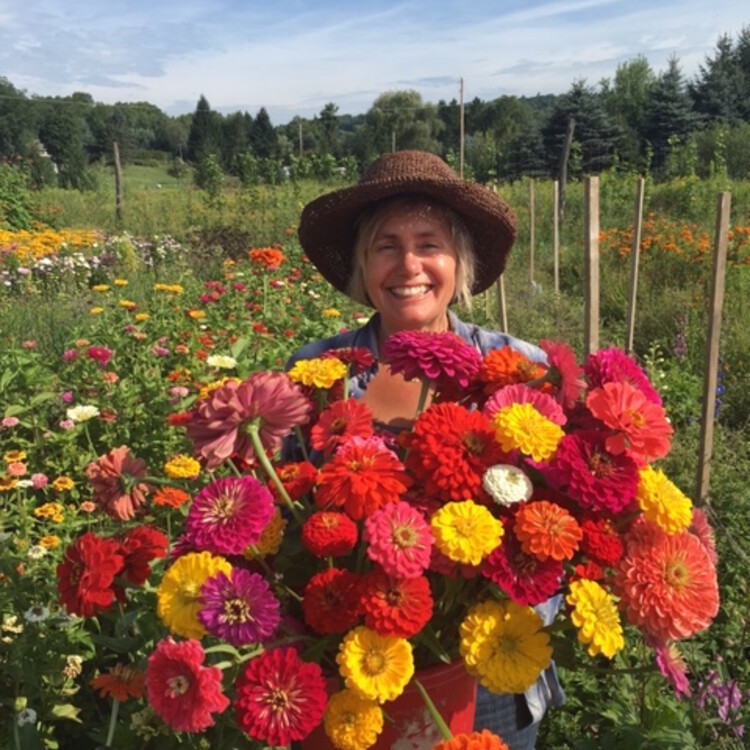
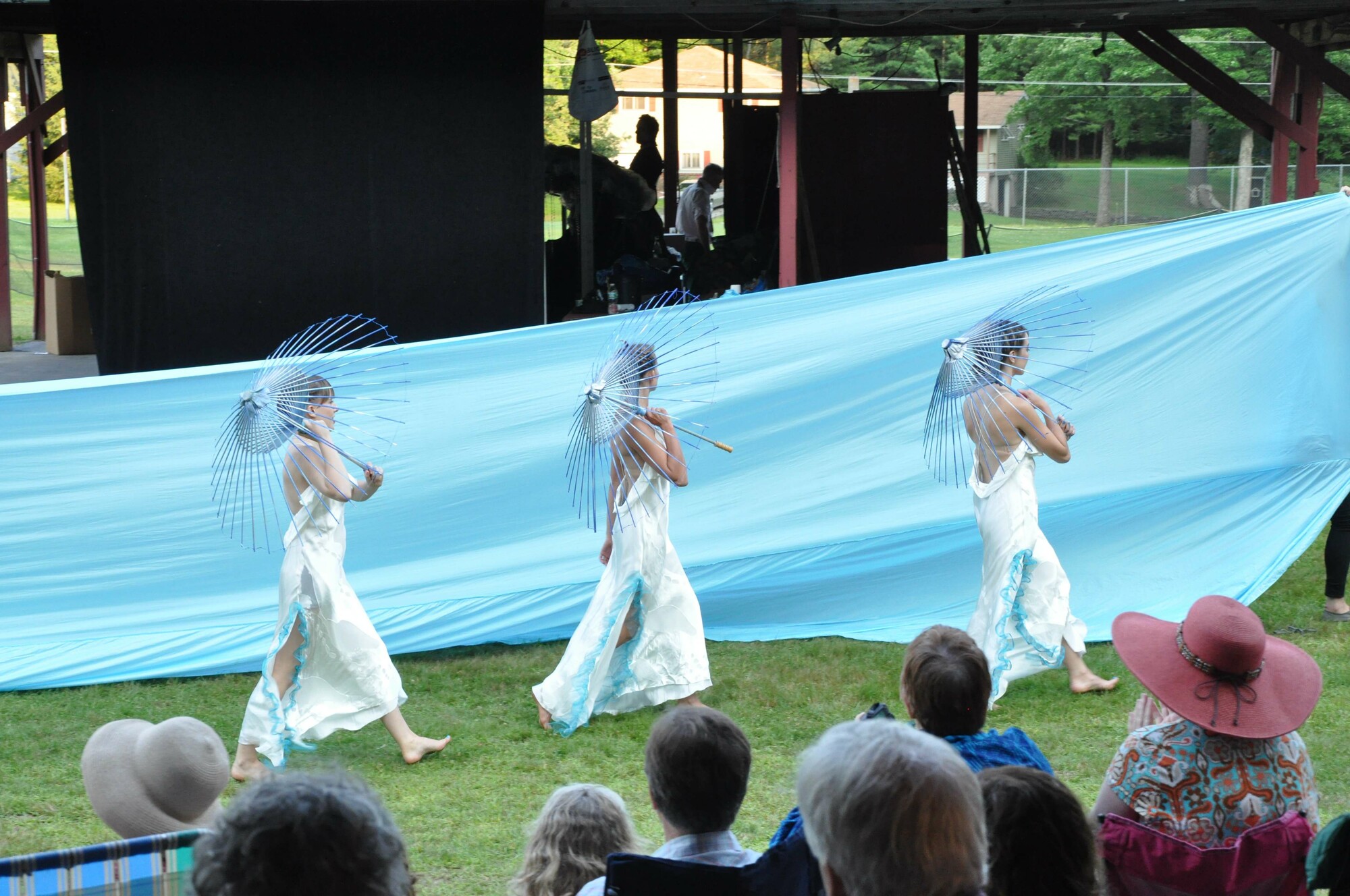
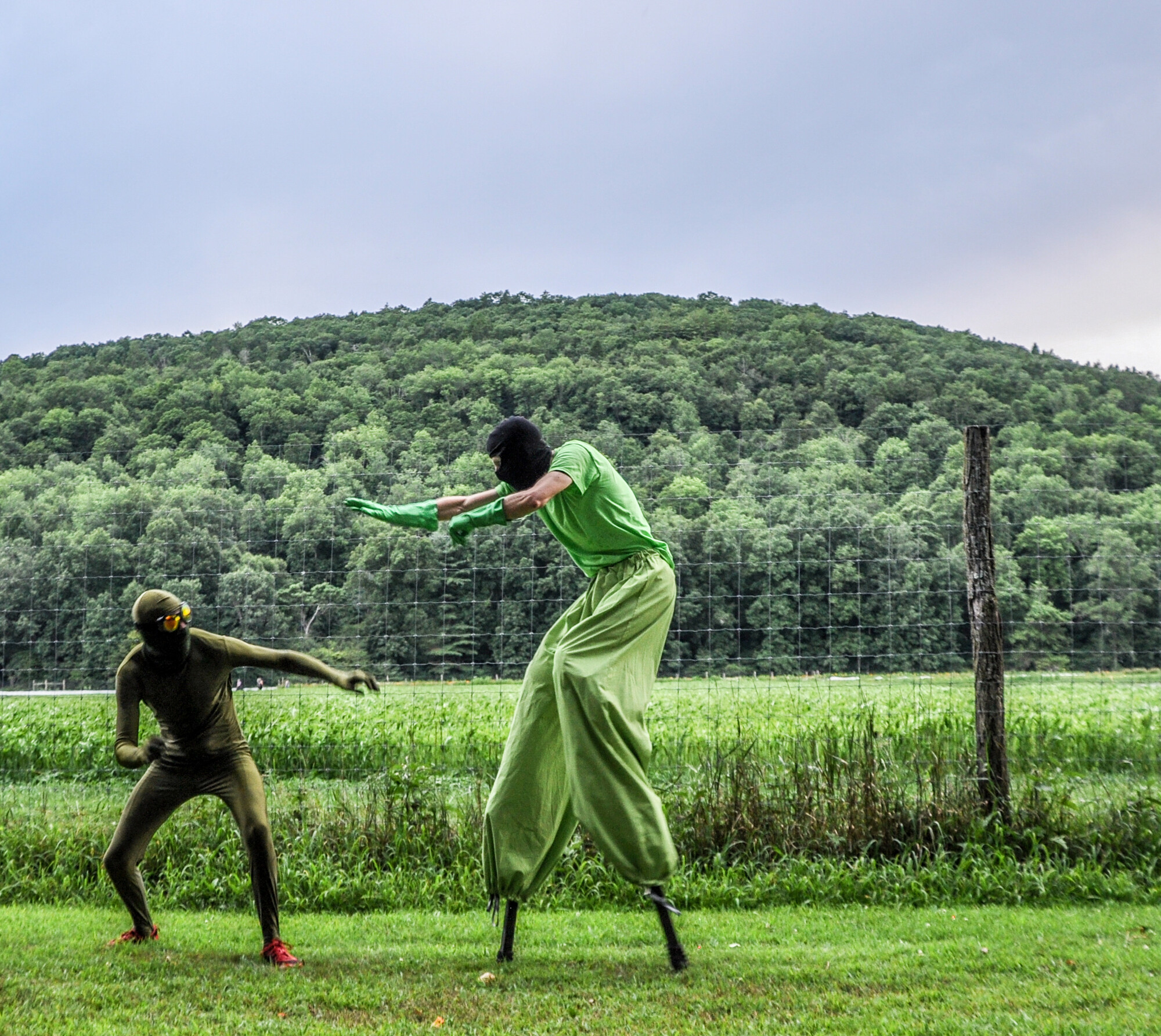

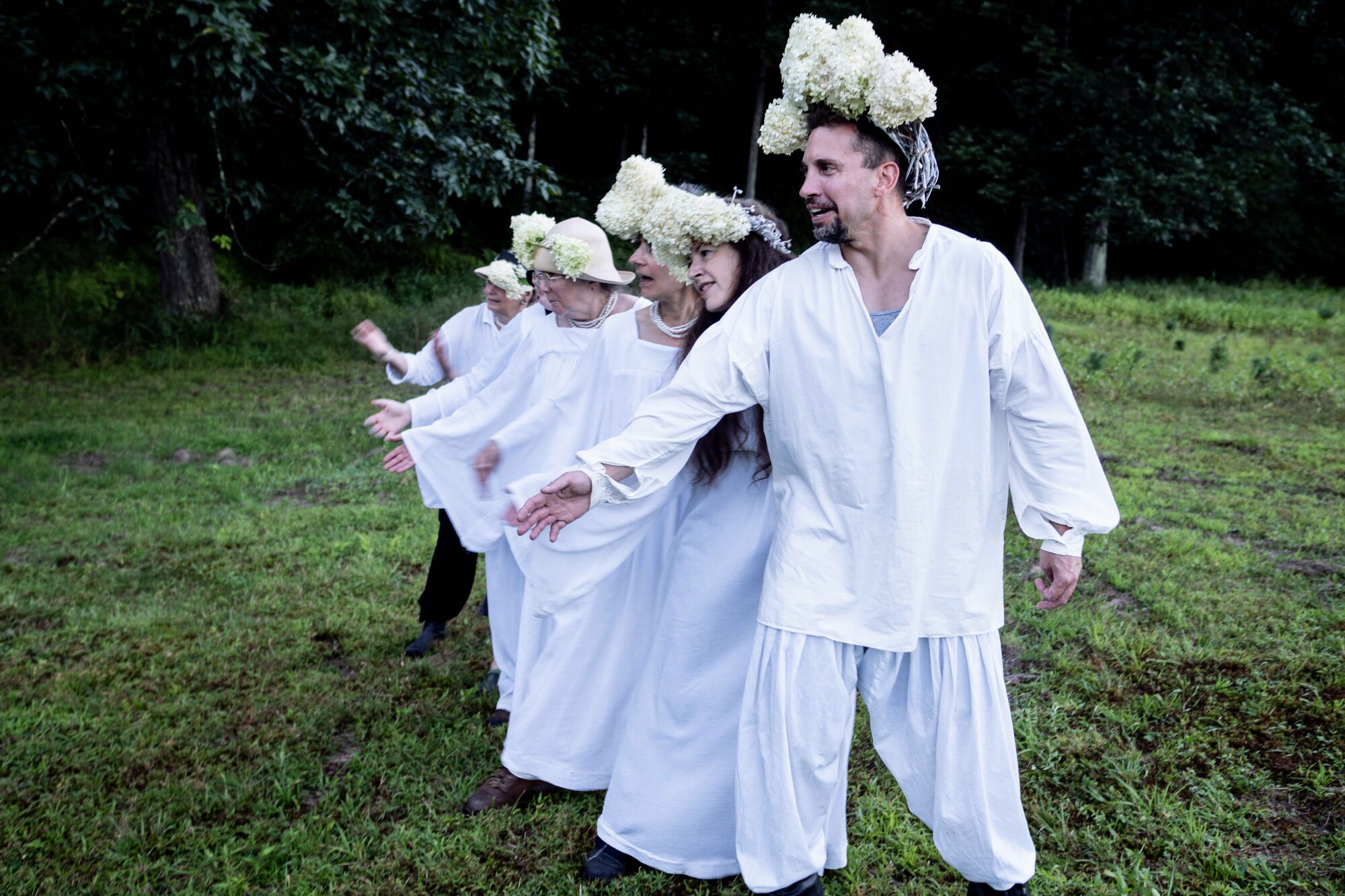
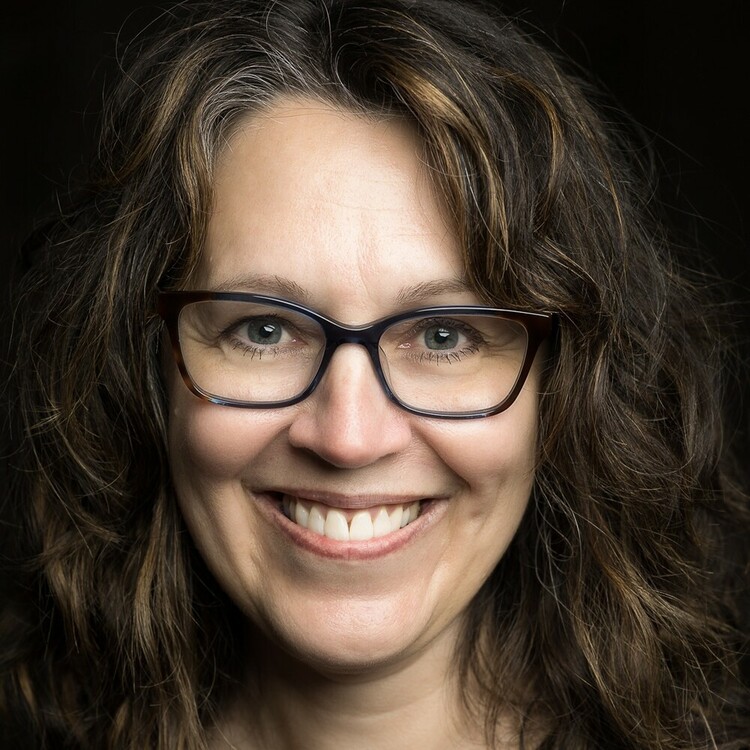
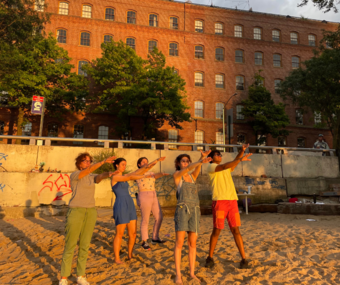







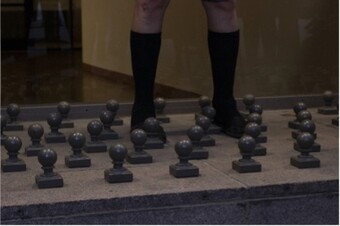


Comments
The article is just the start of the conversation—we want to know what you think about this subject, too! HowlRound is a space for knowledge-sharing, and we welcome spirited, thoughtful, and on-topic dialogue. Find our full comments policy here
Thank you, Tannis, for this beautiful, clear account of the important work you are doing as an artist and activist. As someone who has been gratefully following your work for nearly twenty years now, sometimes from alongside you, often from afar, its pretty inspiring and gives me lots to think about as i continue to make theatre work that engages place and people across topics and forms.